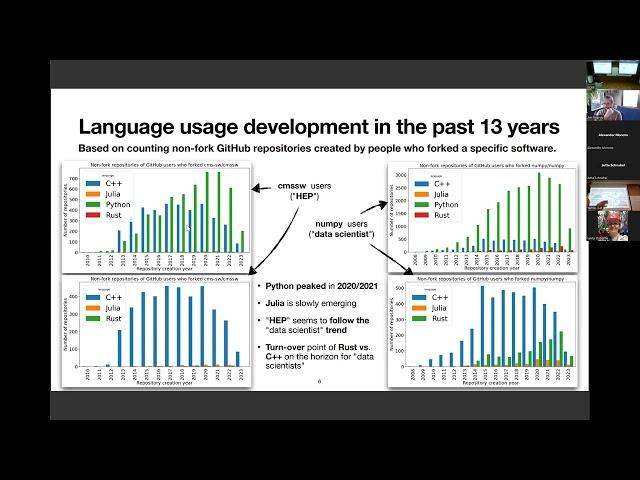
Is Julia ready to be adopted by HEP - Tamas Gal
Комментарии:
Is Julia ready to be adopted by HEP - Tamas Gal
HEP Software Foundation
If your dog is reactive, listen up ️
Sayitoncedogtraining
Sch 7 Passenger Stops 16 questions answered - Community Legal Education
Community Legal Education
Flamingo facts
Amazing Planet!
Olowalu Maui, HI
Fly-in-HI
PREPARATION STRATEGIES TO CRACK SSC JUNIOR ENGINEER EXAM
CIVIL ENGINEERING OBJECTIVE


























